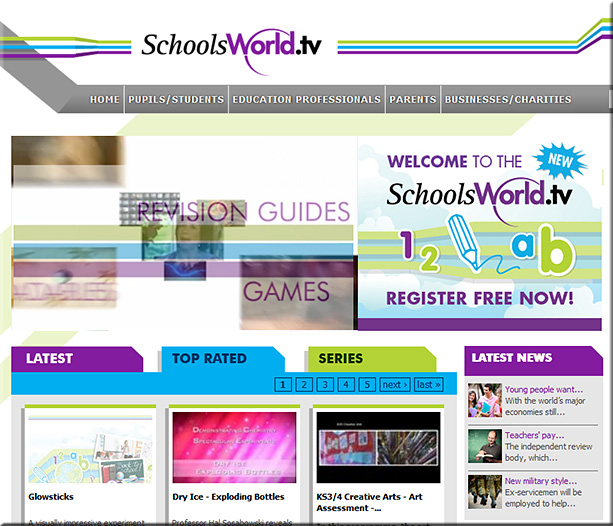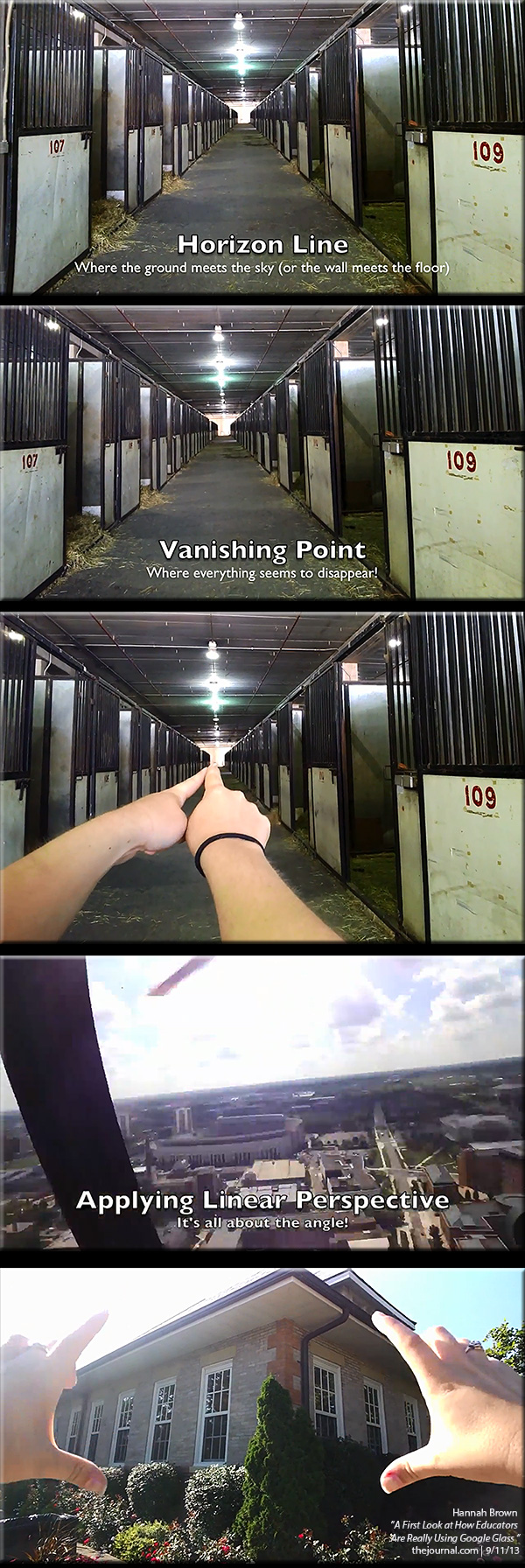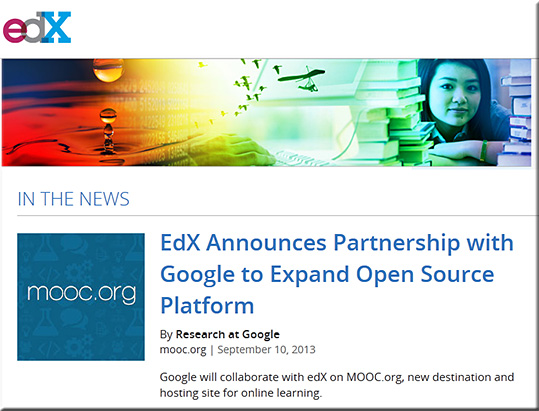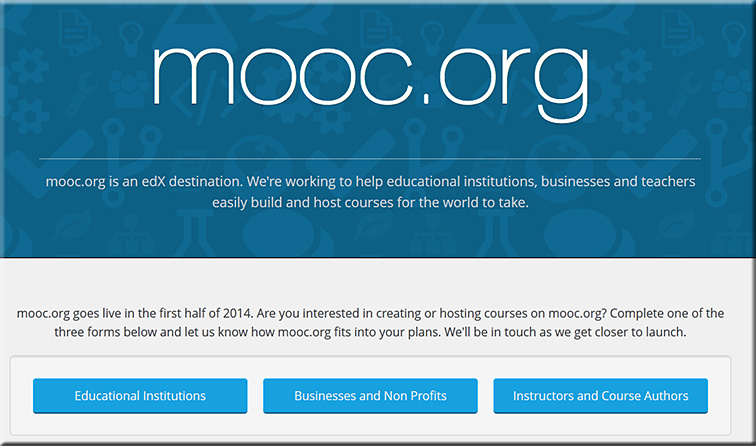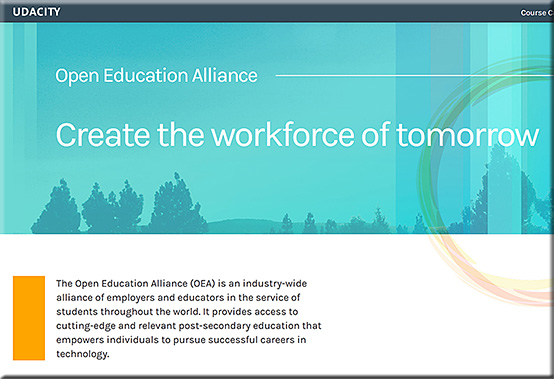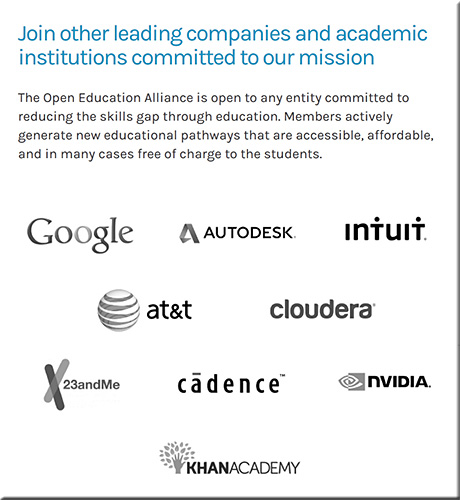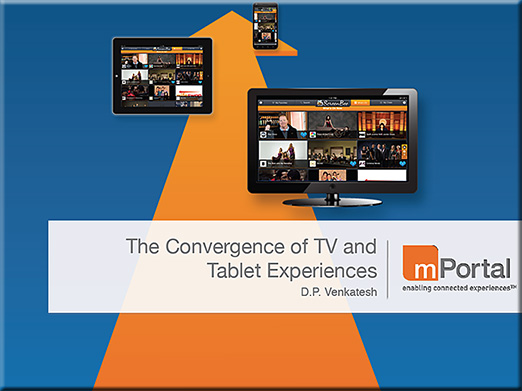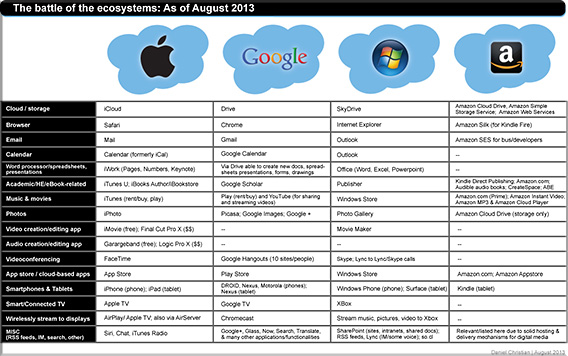Some items re: Steam and OUYA — with a thanks going out to Mr. Steven Chevalia for the information here
For the past 20 years, the video game industry has been controlled by three primary companies:
- Nintendo (Nintendo, Gamecube, Wii)
- Sony (Playstation)
- Microsoft (Xbox)
However, the past two years have shown an increased interest in hardware solutions from 3rd parties, such as:
- OUYA is a 3rd party console that was designed to be a gaming system with a lower cost and was meant for all open-source games.
(Further details at wikipedia.org)
- Steam is a 3rd party that sells and updates all their games digitally. They offer all the same games as most of the consoles (listed above) and will soon be offering their own console, which will connect to the internet and allow you to play any game that you own on their service.
(Further details at wikipedia.org)
These smaller, lesser known devices are prime targets for educational and kid-friendly material. (NOTE: Not all of the games available via these sites are appropriate for kids, as many of the games therein are meant for older audiences.) It is likely that iTunes U, YouTube, etc. will all be viewable on these consoles and the games made for them will be able to be made by smaller companies that can’t compete on the market with Nintendo, Playstation, or Xbox-based games.









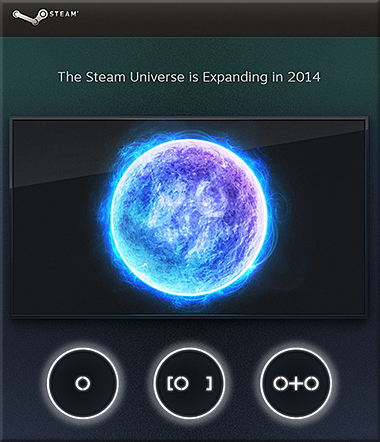
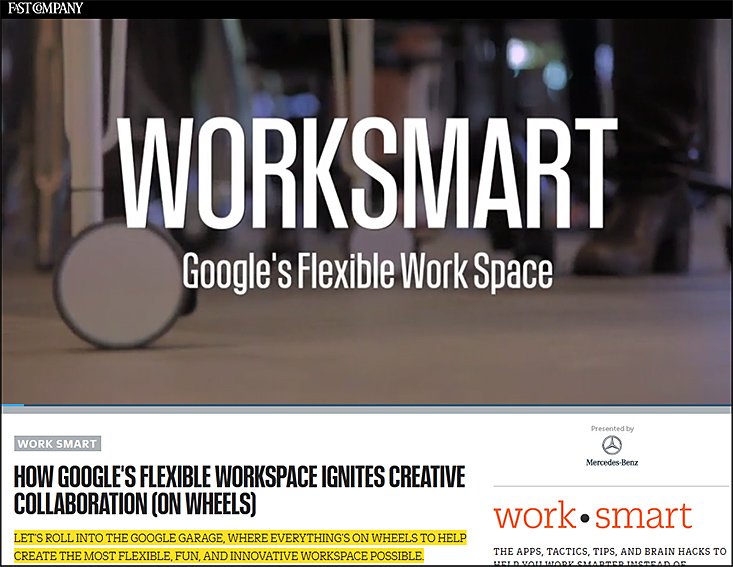

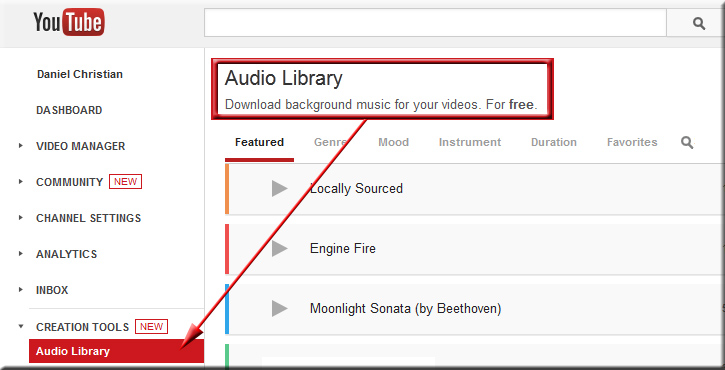

![The Living [Class] Room -- by Daniel Christian -- July 2012 -- a second device used in conjunction with a Smart/Connected TV](http://danielschristian.com/learning-ecosystems/wp-content/uploads/2012/07/The-Living-Class-Room-Daniel-S-Christian-July-2012.jpg)
